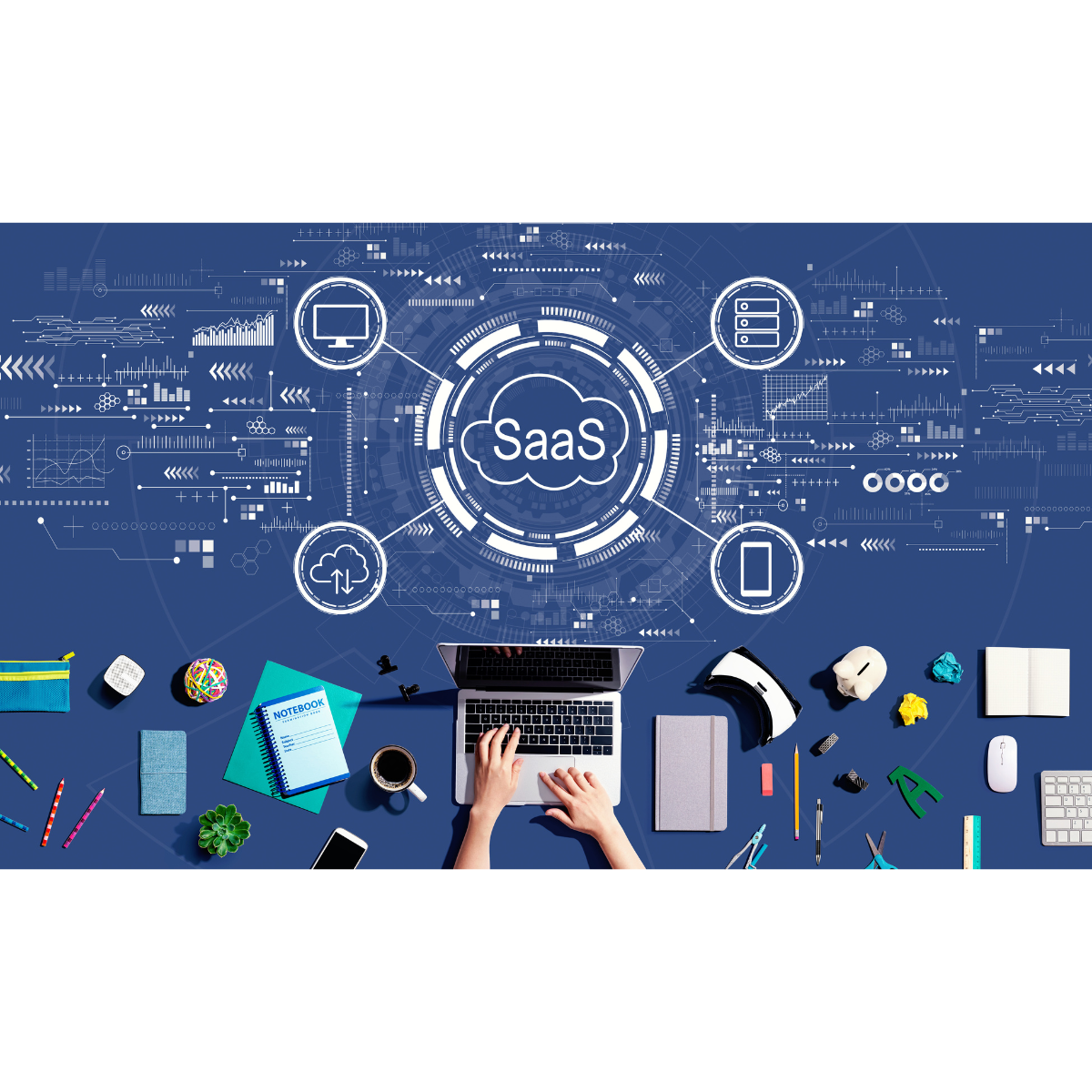Around 2,244 cyber attacks happen around the world every day. That’s nearly one every 39 seconds!
If your organisation falls victim to a cyberattack, the consequences can be severe—compromised customer data, disrupted operations, and a damaged reputation.
Defending against cyberattacks requires a proactive approach and a strong cybersecurity strategy.
The good news is there are tools out there that can help. Cybersecurity solutions like EDR, MDR, and XDR can detect cyber threats, help you respond quickly, and improve your security measures.
But what exactly are they? And what’s the difference between the 3?
EDR, MDR, and XDR are similar, but they each bring unique strengths and applications to beef up your cybersecurity strategy.
Here, we’ll break down each solution, its capabilities, and its uses to help you choose the right one for your organisation’s specific needs.
What is Endpoint Detection and Response (EDR)?
Endpoint Detection and Response (EDR)—sometimes called Endpoint Threat Detection and Response (ETDR)—is a cybersecurity technology that works by monitoring data on end-users’ devices.
Features of EDR
Automatic threat detection
EDR security solutions monitor data across employees’ devices like laptops, tablets, and phones, looking for suspicious activity.
Behavioural analytics and Indicators of Attack (IOAs) allow EDR to catch threats that traditional antivirus tools might miss. This is often referred to as “threat hunting”, and if something malicious is detected, EDR will automatically send out a warning.
Proactive defence
EDR experts will also work with your team to prevent identified threats from growing into larger security issues. They guide you through resolving the problem to help you avoid a major breach and keep your organisation’s reputation intact.
Thorough investigation
EDR systems store detailed data on endpoint activity. This means your team can carry out a thorough investigation in the aftermath of a security breach to pinpoint where things went wrong.
With EDR data, you can quickly spot the root cause of the threat and how it spread so you can prevent similar incidents in the future.
Integration with other security tools
EDR integrates with security systems like firewalls and antivirus software to create a more comprehensive security strategy.
Cloud-based management
Many modern EDR solutions are cloud-based, making it easier to manage endpoint security for a distributed workforce—including remote or hybrid teams.
Who benefits most from EDR?
EDR is ideal for:
- Small to medium-sized businesses: Companies focused on securing devices but without big IT teams.
- Organisations with many devices: Businesses that need to protect a fleet of laptops, desktops, and mobile devices.
- Industries with specific security needs: Sectors like healthcare, education, and finance that need strong device protection (but don’t need complete threat detection).
What is Managed Detection and Response (MDR)?
MDR, or Managed Detection and Response, combines advanced tech with human support to detect and respond to security threats within an organisation’s network environment as they happen.
Features of MDR
Continuous threat monitoring
MDR is always monitoring your network, endpoints, and systems to find potential security threats. It gathers data—like network traffic and system logs—and analyses patterns and behaviour to identify unusual or suspicious activity.
With this ongoing analytical approach to threat detection, MDR can spot signs of cyberattacks or breaches in real time.
Human security team
MDR service includes a Security Operations Center (SOC) staffed by human security analysts who handle threat detection and investigation and respond to incidents 24/7.
Customisable alerting and reporting
You’ll get clear alerts and customised reports that fit your organisation’s needs to give you a complete view of your security and help you stay ahead of threats before they have the chance to spread.
Cloud security monitoring
MDR’s monitoring abilities aren’t limited to specific devices. They also work on cloud platforms to offer security for applications, data, and services hosted in public, private, or hybrid cloud environments.
Data compliance support
With MDR, your business can meet regulatory requirements more easily. With detailed logs, audit trails, and reports, you can demonstrate your compliance with data regulations like GDPR under both European Union and UK legislation.
It’s important to note that if you’re following EU regulations, different countries within the EU may have their own specific data protection laws in place to be aware of, too.
Scalability
This solution adapts to growing networks and infrastructures, so you stay protected as you scale your operations.
Who benefits most from MDR?
Those who benefit most from MDR include:
- Small to mid-sized businesses without in-house security teams: Companies that need 24/7 monitoring and support from a managed service.
- Organisations with limited IT resources: Businesses needing outside help managing cybersecurity.
- Businesses that need continuous threat detection: MDR offers proactive protection and expert response for any business needing constant threat monitoring, from retail to healthcare.
What is Extended Detection and Response (XDR)?
Extended Detection and Response (XDR) is an effective integrated security platform that uses AI and automation to detect, defend against, and respond to sophisticated cyber threats.
Features of XDR
Protection across security areas
XDR collects data from different security layers—endpoints, networks, cloud, and email—to give you the full picture of your organisation’s security, scanning for threats across the board.
Advanced threat detection
Using AI and machine learning, XDR spots advanced cyber threats that other tools might miss when analysing patterns and behaviour.
Automated response capabilities
XDR automatically responds to threats when they’re detected. This reduces the time it takes to neutralise risks and makes overall threat management more efficient.
Cross-layer integration
XDR works with other security tools like firewalls and cloud security, sharing information between these tools to improve your overall cybersecurity.
Centralised management and visibility
With XDR, your security team can see and manage all security events from one dashboard, making it easier to track threats, make decisions, and respond quickly.
Who benefits most from XDR?
XDR might be the solution for you if your business is one of the follow:
- Large enterprises with complex IT environments: Organisations with multiple security layers (endpoints, networks, cloud) that need integrated protection.
- Companies facing advanced threats: Businesses vulnerable to complex, multi-layered cyberattacks.
- Managed security service providers (MSSPs): Providers offering advanced, unified threat detection for multiple clients.
- Growing businesses: Companies need scalable, integrated security as they expand.
Access advanced security solutions with BackupVault
BackupVault has partnered with Acronis, N-Able, and Huntress to deliver MDR and EDR solutions. With these partnerships, we provide advanced security tools to protect your business from evolving threats.
We offer UK-based support to ensure you receive personalised assistance whenever you need it. Not sure if we’re the right partner for you? We provide a free trial so you can experience the benefits of our solutions before you commit.



